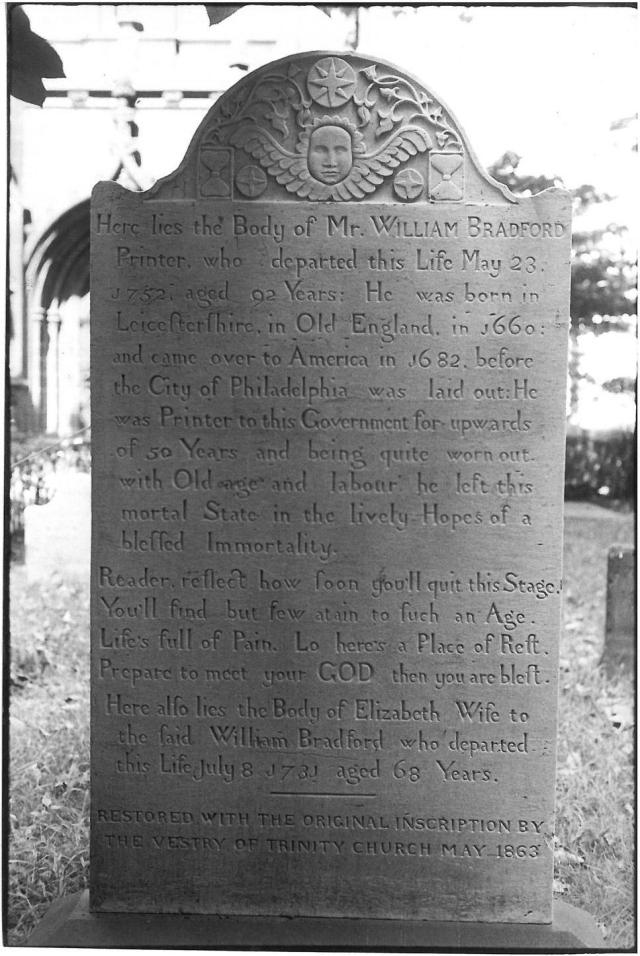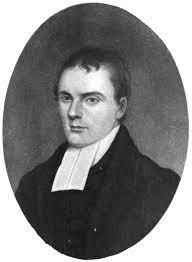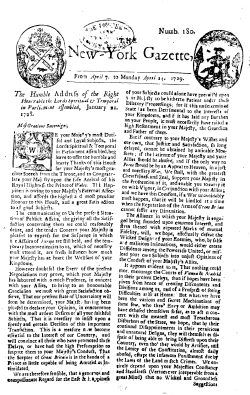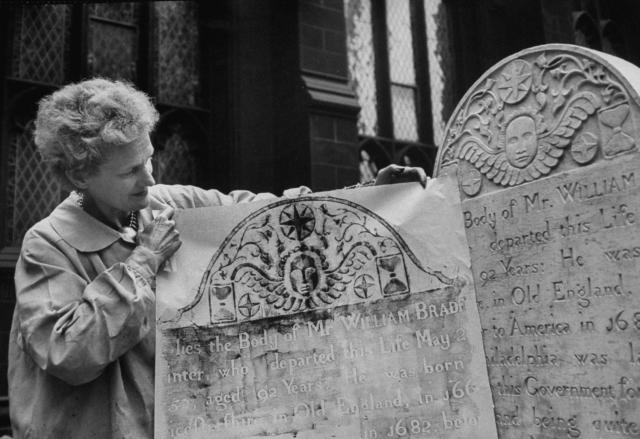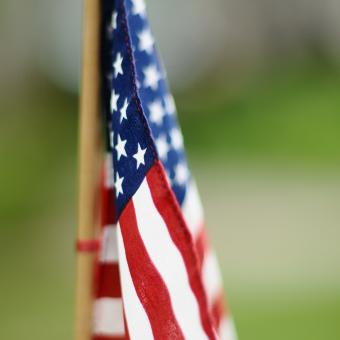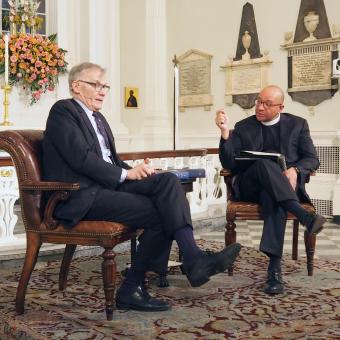A visitor to the churchyard of Trinity Church Wall Street quickly notices that the majority of persons who are buried there died in the 1700s. The 18th century seems so distant to us now that we often must be reminded of the very contemporary issues that animated the lives of those long-ago citizens of New York.
Case in point: William Bradford, a man who passed more than 20 years before the American Revolution and whose commitment to freedom of expression, specifically freedom of the press, carried him through court battles and even a stint in jail.
William Bradford was born in England on May 20, 1663 into a family of printers. As a young man, he apprenticed under a well-known printer, Andrew Sowle, in London. The two became close friends, and Bradford became an official member of the family when he married Sowle’s daughter, Elizabeth.
In 1682, Sowle arranged for Bradford to join William Penn in the capital of Penn's new colony, Philadelphia, and once there, Bradford set up Pennsylvania’s first printing press and the first paper mill in America. His printing endeavors led him into political trouble, however, when he took on William Penn’s original charter for the colony, a move that angered the new Pennsylvania governor, John Blackwell. Bradford returned to England briefly and, upon his return, was arrested and jailed for sedition, the first case in the British colonies that raised the issue of the freedom of the press.
Bradford continued to engage in private printing projects and would not be cowed by the threat of imprisonment for his work. Bradford found himself on trial in Philadelphia in 1692 for printing the confessions of faith of George Keith, a Quaker whose beliefs were considered objectionable to many community leaders. Bradford served as his own defense advocate, again arguing for press freedom, and prevailed in the trial when the jury could not agree on a verdict.
These challenges served to make Bradford politically unpopular in Philadelphia and he moved to New York, where he began a new position as the royal printer there in 1693. His accomplishments included printing the colony’s first issue of paper currency in 1709 and starting New York’s first newspaper, the New-York Gazette in 1725. He also served as a Trinity Vestryman from 1703 to 1710.The man known as the “Father of American Printing” printed the first Book of Common Prayer in North America in 1710. The BCP is the prayer book that is now nestled in just about every pew in every Episcopal Church throughout the country.
Bradford lived on Pearl Street in Lower Manhattan, a short walk from Trinity Church. He published many books in his lifetime, including the first book ever published in New York City, New-England’s spirit of persecution transmitted to Pennsilvania, which was written by the aforementioned George Keith, whose writings remained controversial.
Bradford lived a long life, dying on May 23, 1752 at the age of 89. He didn’t retire from the newspaper until he was 81. Two centuries after his death, Bradford's tombstone landed on the cover of Life Magazine when artist Sari Dienes included it, along with city sidewalks and manhole covers, for a genre called surface printing.
William Bradford is buried in Trinity’s north churchyard, about halfway along the pathway on the north side of the church building. In a final irony set in stone, the grave marker erroneously cites that Bradford was born in 1660 and lived to be 92. The original inscription was restored during the Civil War but, in an oversight that probably would have annoyed the old newspaperman, the information wasn’t edited to correct the typo.
This article is based on an earlier story by Jewel Tauzin in August 2021.
Changemakers in the Churchyard
Subscribe for Trinity Updates
Get information about Trinity Church Wall Street and our latest programming.
